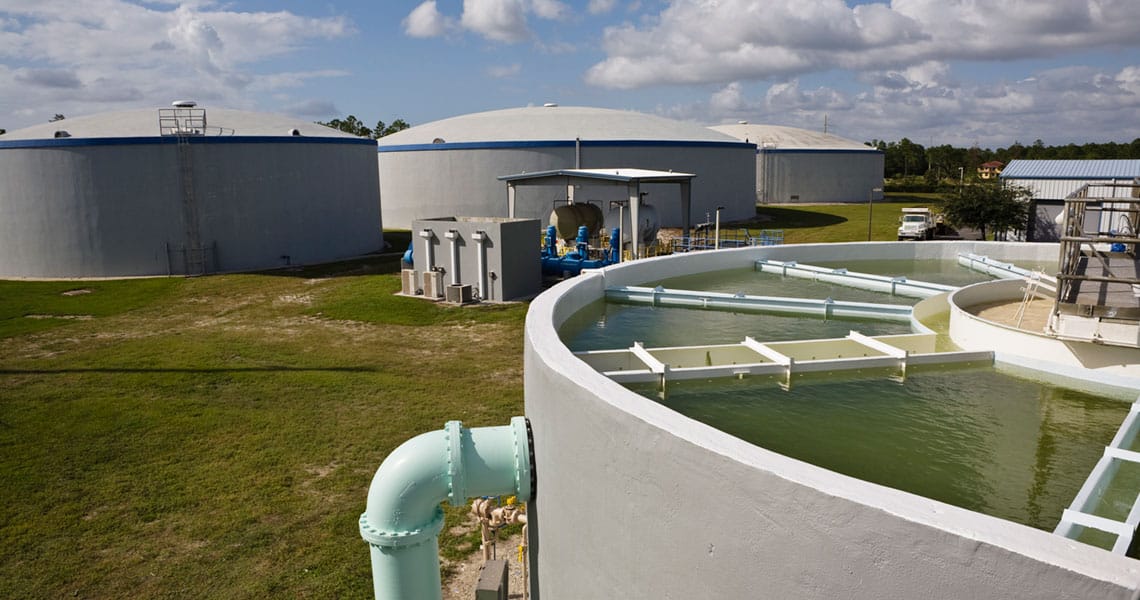Wastewater treatment technology doesn’t have to be new to be disruptive

There is no doubt that disruptive technologies have the power to transform sustainability in the water sector, but it is important to realise that a technology does not need to be new in order to be disruptive. The widespread use of previously niche systems, or the novel use of well-established technologies like heat exchangers, can be equally transformative.
WHAT IS MEANT BY DISRUPTIVE?
A disruptive innovation is typically described as one which creates a new market or value network, leading to the displacement of market-leading businesses and products. However, it is also evident that while the terms disruptive innovation and disruptive technology may be new, the fundamental idea is not. From the Iron Age overtaking the Bronze Age, to the invention of gunpowder, the steam engine and the internal combustion engine, human history is littered with examples of transformational developments which have changed the course of global civilisation.
PART OF A WIDER AGENDA
The current high level of disruptive technological development and implementation is itself part of a wider industrial development, which is often referred to as Industry 4.0. This fourth industrial revolution refers to the increased use of technology, automation and data across industries as diverse as agriculture and healthcare; and water treatment and the environmental sector are no different.
EXAMPLES OF DISRUPTIVE TECHNOLOGY
There have been plenty of disruptive developments in the treatment of wastewater streams through history, from sewer systems and trickling filters, to the use of activated sludge, anaerobic digestion, zero liquid discharge, and nutrient recovery
USING EXISTING TECHNOLOGY FOR DISRUPTIVE PURPOSES
There are many drivers for the adoption of all or some of these techniques in wastewater treatment, including environmental, economic and social factors. However, the good news for companies wanting to evaluate and introduce such technology is that the techniques already exist.
As heat transfer and evaporation specialists, HRS Heat Exchangers already produce a range of heat exchangers and systems which are suitable many processes. For example, the patented HRS Unicus series of scraped surface heat exchangers are particularly suitable for use in evaporation systems, such as those used for ZLD and material recovery.
Both the evaporation and cooling steps result in a high degree of material fouling on the inside of the equipment. To combat this, HRS Unicus Series scraped-surface evaporators are used, as they maintain thermal efficiency and remove fouling as it occurs in the evaporation process. In addition, HRS R series scraped surface heat exchangers are also used for cooling the crystal-loaded slurry that is obtained in the crystallisation tanks.